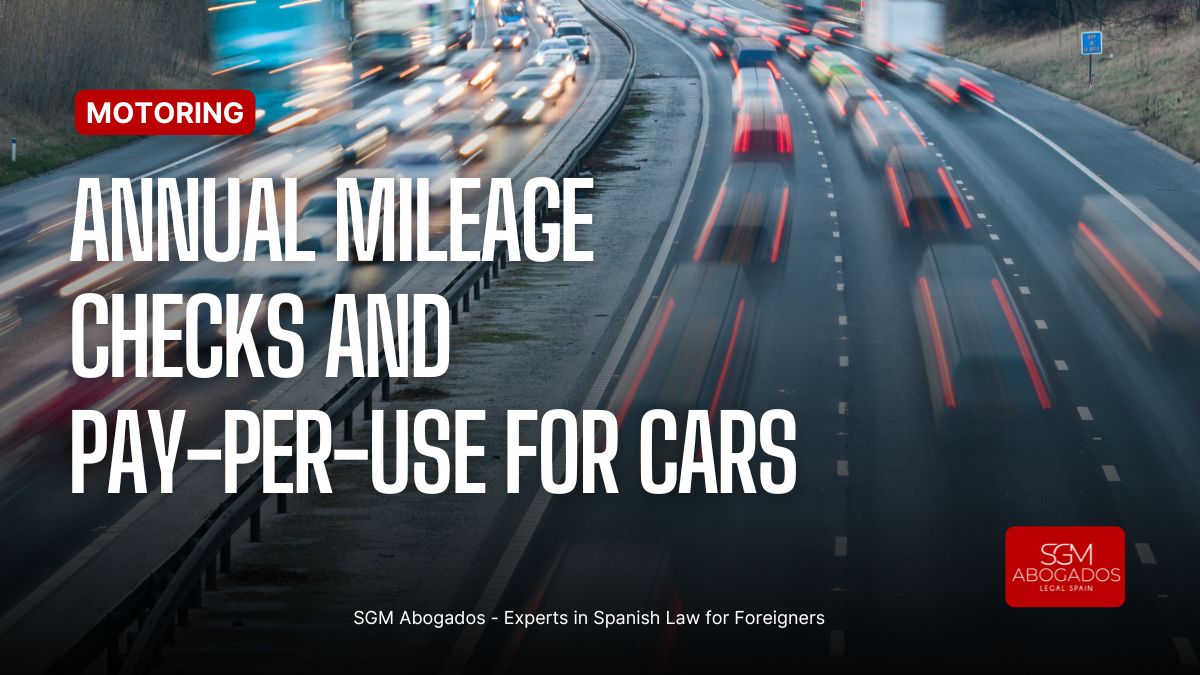Great News for Classic Car Fans
The new Historic Vehicle Regulations are finally approved!
You may not know that Silvia Galve, the owner of SGM, is a classic car enthusiast! That’s why the recent government announcement has been welcomed with open arms.
Fans of historic cars have been eagerly awaiting the new Regulation on Historic Vehicles . After several postponements, it was finally approved by the Council of Ministers on September 10. Today, coinciding with its publication in the BOE, the DGT has presented it at its headquarters together with the Spanish Federation of Historic Vehicles (FEVA). Why is this regulation so eagerly awaited by fans of classic vehicles? What new features does the new regulation bring?
In Spain, there are currently around 47,000 historic vehicles registered, according to data from the DGT Observatory. Currently, an average of 1,163 vehicles are registered per year and with the new Regulations, this figure is expected to rise to over 5,000 units. The DGT forecasts that this figure will rise to 120,000 in the first year.
Why a new Historic Vehicle Regulation?
Considering a classic car as a historic vehicle entails several tax and vehicle use advantages, which is why many classic car owners choose to complete the procedures required by the administration. However, the process to convert a classic or collector’s car into a historic car requires a lot of time and money to carry out. We remind you that the Historic Vehicle Regulations in force until now were in force since 1995.
The administration itself recognises, in the draft of the new Regulation, that the process is “excessively complex and expensive, which makes it unviable from an economic point of view in certain cases, since it can exceed the value of the vehicle itself ”. Until now, a major problem is that the intervention of a laboratory, ITV and the industry body of each CCAA was required.
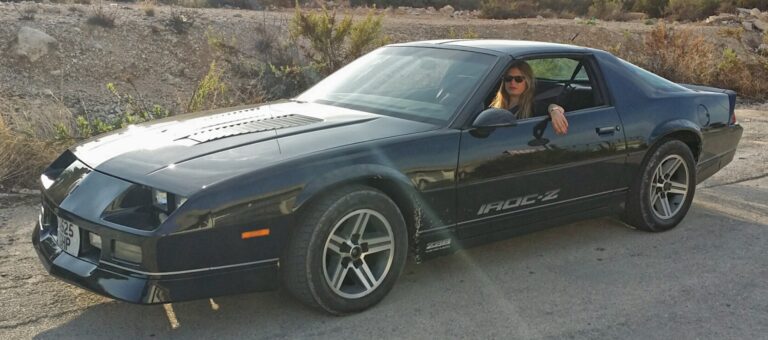
Declaring a classic vehicle, much faster and cheaper
The new Regulations significantly improve the procedures, simplify them and also add some other advantages for being able to use the vehicle on public roads , making the change from classic car to historic car more interesting than ever. In addition, it will be a reversible process, meaning you can always change the service from historic to private.
The new Regulations do not fundamentally change the requirements for accepting a car as historic. Basically, the vehicle must have been registered for the first time or manufactured at least thirty years ago. It must also be in original condition , or have undergone some modifications that do not affect its originality or historic character.
Classic cars classified into two groups
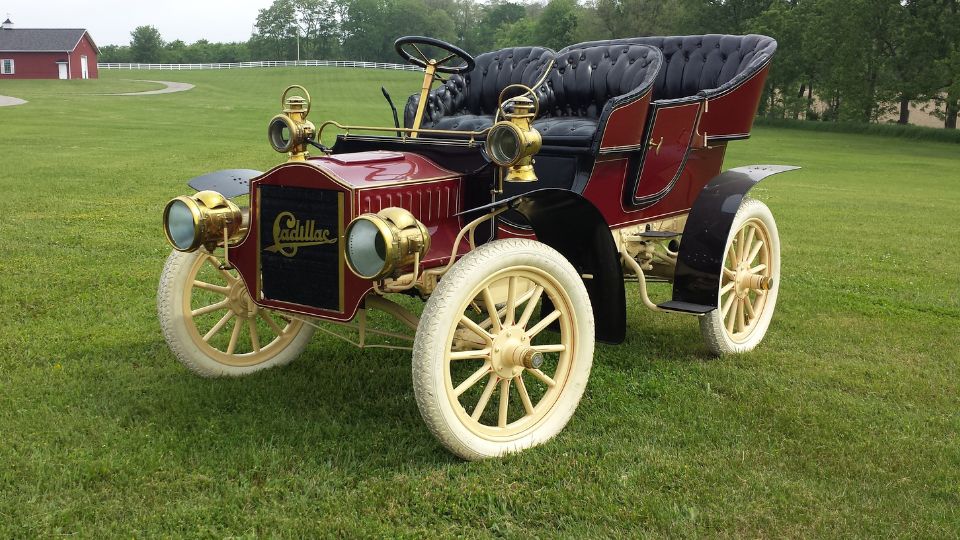
The new thing is that now the vehicles that want to be historic are classified and grouped into two types. Until now the term ‘catalogue’ was used instead of ‘classify’ and there was no differentiation between the classics that had the ITV and those that did not:
Group A : those with a Spanish registration, 30 years old or older , a valid MOT and which have not undergone any substantial changes (bodywork, suspension, etc.). More than 95% of historic vehicles in Spain can be classified in this group. To determine their age, the date of manufacture or the date of first registration will be taken into account, whichever is the oldest documented date. Link to the DGT to request the classification .
Group B : The rest of the vehicles that do not meet the previous requirements.
Vehicles included in Group A will see their procedures simplified, and the owner will only have to present a responsible declaration that their vehicle is susceptible to being classified as historic. A report from an official laboratory will not be necessary. However, it must have a valid ITV. These owners have to sign a declaration of responsibility and present it to the DGT together with payment of the vehicle service change fee, which will cost 20.81 euros , an amount much lower than the average 800 euros it cost until now.
The technical report will be required for vehicles included in the second group, as until now. This report must prove that the vehicle is suitable to be considered historic. The novelty is that this report will no longer be done by official laboratories but by the Historic Vehicle Technical Services. This report is what allows you to go to the ITV to obtain the vehicle technical card that must be presented at a DGT headquarters. Another novelty is that these Technical Services must be accredited by the National Association of Accreditors ENAC and will be valid for the whole of Spain, something that did not happen before with the laboratories, which were not accredited and were only valid in the CCAA issued. In these cases, which will be very few, the owners will have to pay the cost of the report and the ITV as extra.
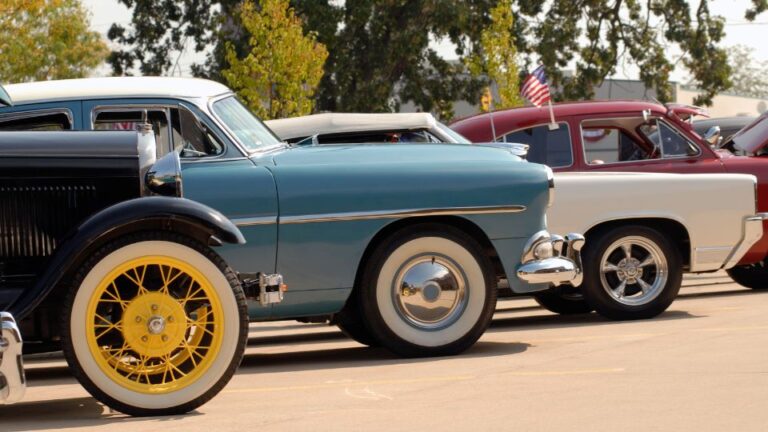
ITV’s with less frequency
The new Regulation also defines the validity periods of the MOTs for these vehicles, depending on their age.
Up to 40 years : Every 2 years
From 40 to 45 years : Every 3 years
Equal to or more than 45 years : Every 4 years
Motorcycles : Every 4 years
Mopeds : Exempt
Vehicles over 60 years old : Exempt
Another new feature is that vehicles that are more than 60 years old since they were manufactured or the first registration date – the oldest date that the owner can document – are exempt from passing the ITV, although their owners can undergo the inspection voluntarily. This is something that is already done in several European countries, and this measure is intended to prevent historic vehicles from leaving for other parts of European territory. For mopeds classified as historic, the exemption from passing the ITV is total.
The aim of the new Regulation on Historic Vehicles is to facilitate the recovery of vehicles abandoned in haylofts and to protect the automotive heritage of national interest. The fact that the ITV deadlines are extended as the vehicle ages is to avoid forcing its mechanisms and structure and because it is assumed that the older the vehicle is, the more maintenance it receives and the more ‘pampered’ it is.
Which entities will be able to issue certificates of originality?
And at this point we link up with another of the new features of the new Regulation, which is that an entity is created that encompasses all entities related to historic vehicles, such as associations, clubs, the FEVA…, which will be able to issue simpler certificates on the originality of the vehicles presented by their owners.
To prevent anyone from creating an association to issue a certificate and make money, it is required that they be registered in a register of associations linked to historic vehicles, either at a national level or in a regional government, and that they have been in existence for at least 3 years . The aim is to guarantee the professionalism of these associations and that they have not been created only to issue certificates.
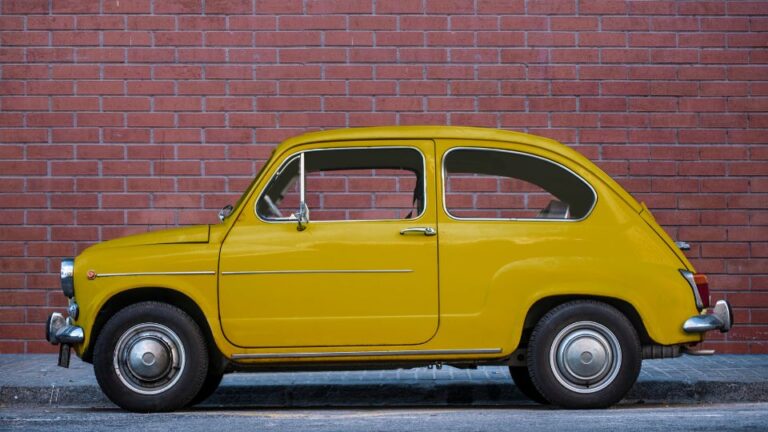
You can circulate through restricted areas or ZBE
Finally, the new Regulation urges local councils to establish formulas that allow historic vehicles to circulate on urban roads with environmental restrictions, provided that their owners make sporadic and occasional use of their vehicles, as is usually the case.
The new Historic Vehicle Regulations will allow vehicles classified as such to circulate 96 days a year . For example, if you want to use it every month, you could do so for 8 days each month. When requesting a historic vehicle classification, you will have to sign a declaration of responsibility in which you assume that you comply with everything required by the new VH Regulations. If at any time you are stopped by the traffic police or Civil Guard or the cameras detect that you have entered a ZBE for more than 96 days in a year, your classification will be taken away and you will be fined.
According to a study by the Spanish Federation of Antique Vehicles (FEVA) , antique vehicles do not represent a problem from the environmental point of view or for traffic management, since they are used much less frequently and with much more attention than modern vehicles; they travel short distances with an insignificant part of the general fuel consumption, causing minimal consequences linked to the problem of pollution. In addition, their owners avoid places and times of heavy traffic, so they do not contribute to the current problems of urban traffic congestion. The FEVA study states that 61% circulate less than 20 days a year , and consequently, their impact from the environmental point of view is totally marginal.
The FEVA has been an entity that has actively collaborated in drafting the new Regulation, together with the DGT, the FEMP (Spanish Federation of Municipalities and Provinces) and the classic car clubs themselves.
The aim of this new regulation is to put an end to the concern that has been generated among classic vehicle owners and collectors by municipal regulations that restrict the use of polluting vehicles in cities, which are highly restrictive for vehicles that are used very sporadically.

The FEVA has been an entity that has actively collaborated in drafting the new Regulation, together with the DGT, the FEMP (Spanish Federation of Municipalities and Provinces) and the classic car clubs themselves.
The aim of this new regulation is to put an end to the concern that has been generated among classic vehicle owners and collectors by municipal regulations that restrict the use of polluting vehicles in cities, which are highly restrictive for vehicles that are used very sporadically.
Other new features: license plates, seat belts, children…
Other new features of the new Historic Vehicle Regulations are:
The letter V is no longer on the badge for historic vehicles . Until now, they were identified by the black letter VH on an orange background on a circular sticker. As of October 1, vehicles classified as historic will be able to stick this badge with the black letter H on an orange background on the rear of the car. Its use is not mandatory. A smaller size has been designed for motorcycles and mopeds.
Historic vehicles will have a single registration plate and not two as is currently the case. The owner of a VH can always request a historic registration plate when the registration plate of his car is not the original one.
Temporary circulation permits are created for automobile museums that have vehicles not registered in Spain or whose ordinary documentation is not valid. This facilitates transfers between facilities, maintenance operations and public exhibition.
A speed limit of 80 km/h is established for historic vehicles that, by construction, do not have seat belts in the front seats.
It prohibits their use on interurban roads for minors with a height equal to or less than 135 centimetres when historic vehicles do not have seat belts or in which it is not possible to install child restraint systems.
A maximum period of one year is established from the entry into force of the VH Royal Decree, for the person in charge of the Ministry of Industry and Tourism to promote the modification of the Manual of Procedure for Inspection of ITV Stations in order to introduce specific considerations for Historic Vehicles. This will change the ITV for historic vehicles .
The new Historic Vehicle Regulation is expected to come into force on 1 October.



